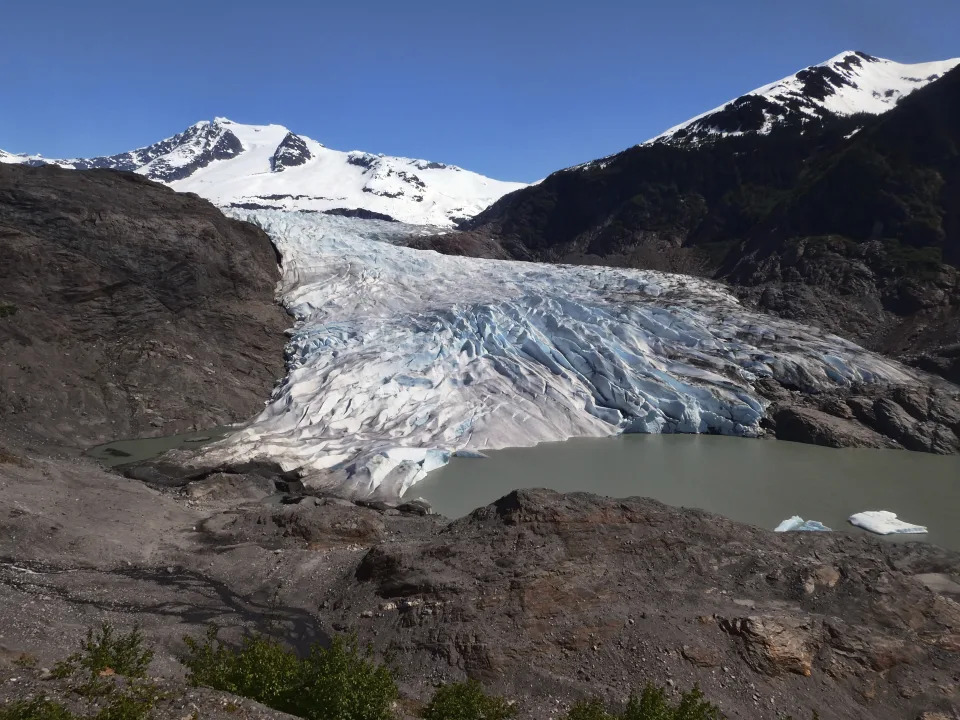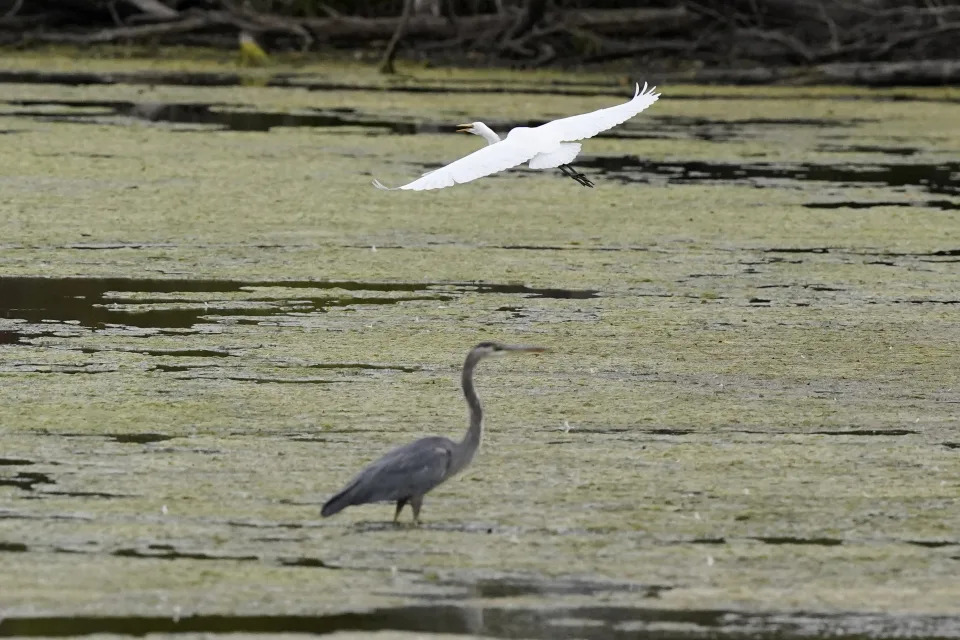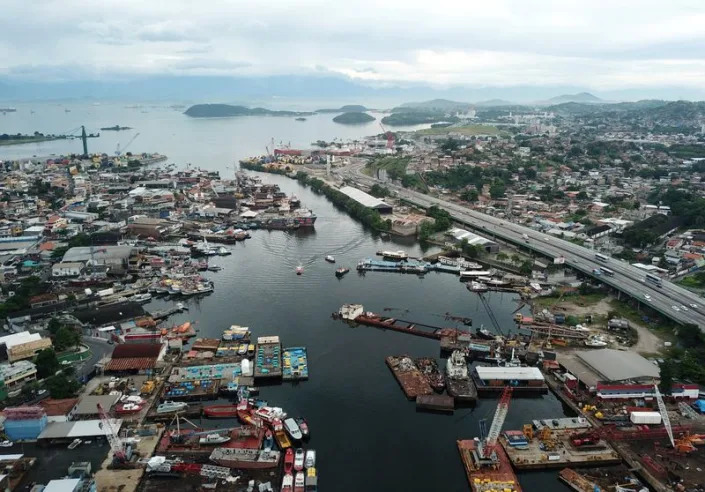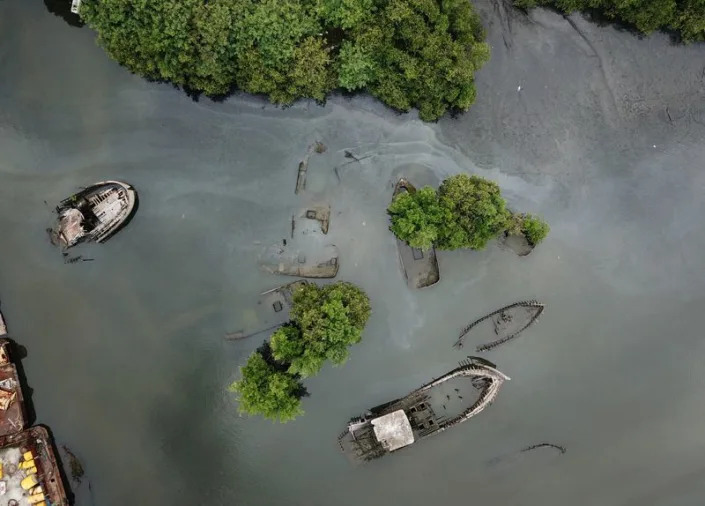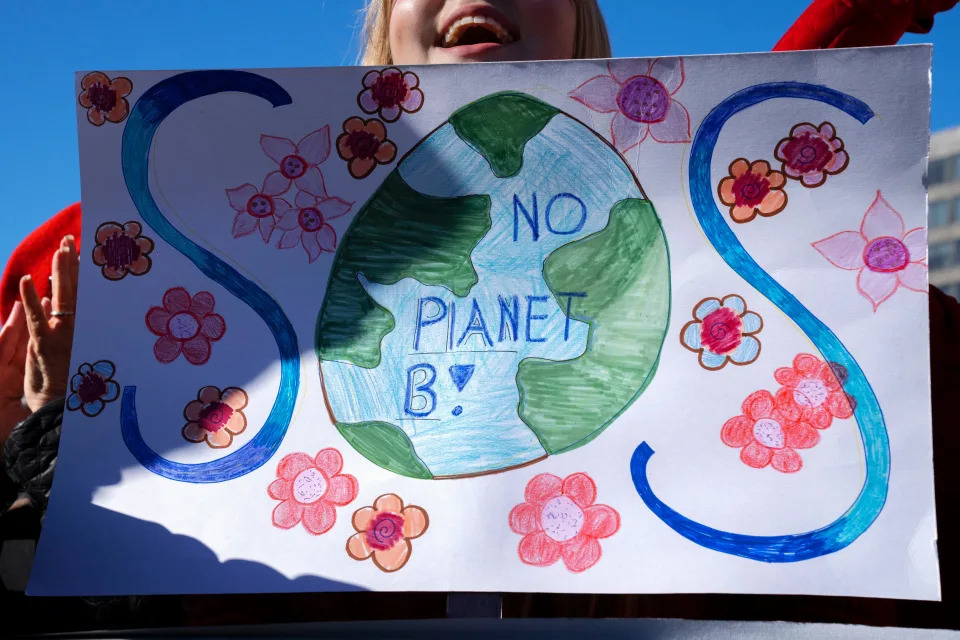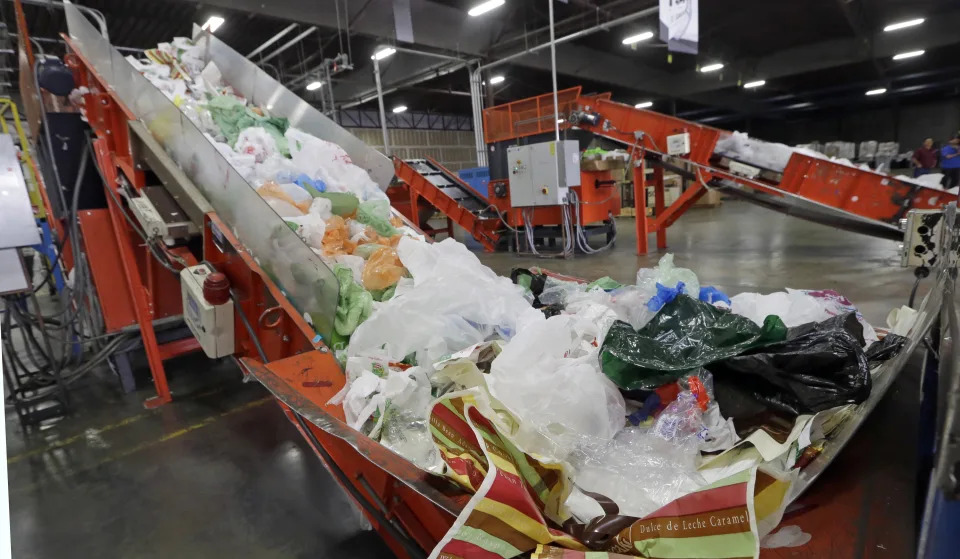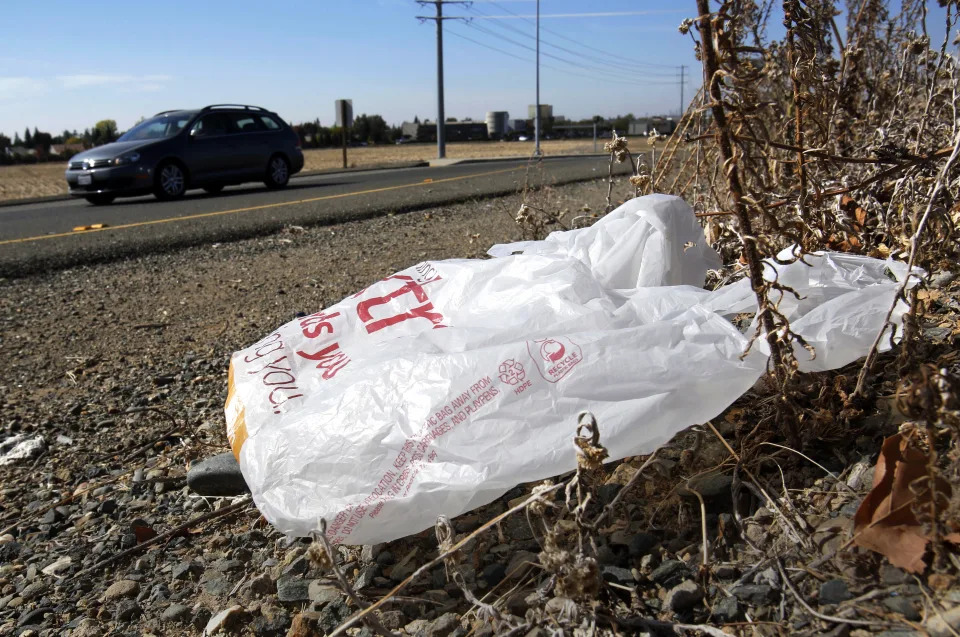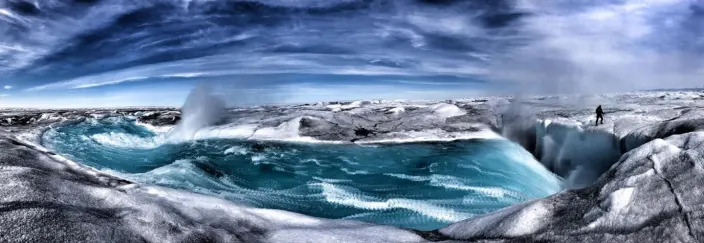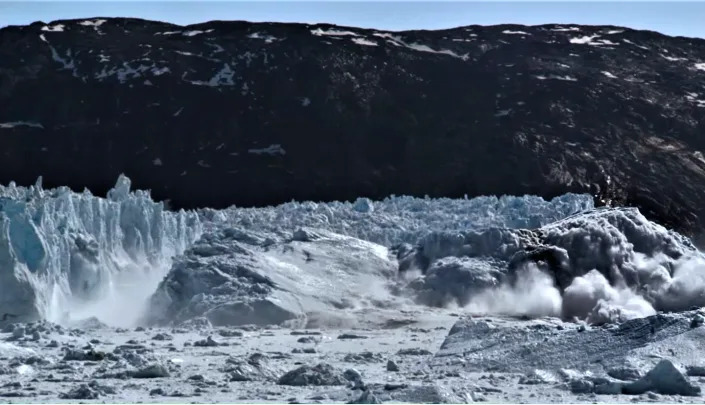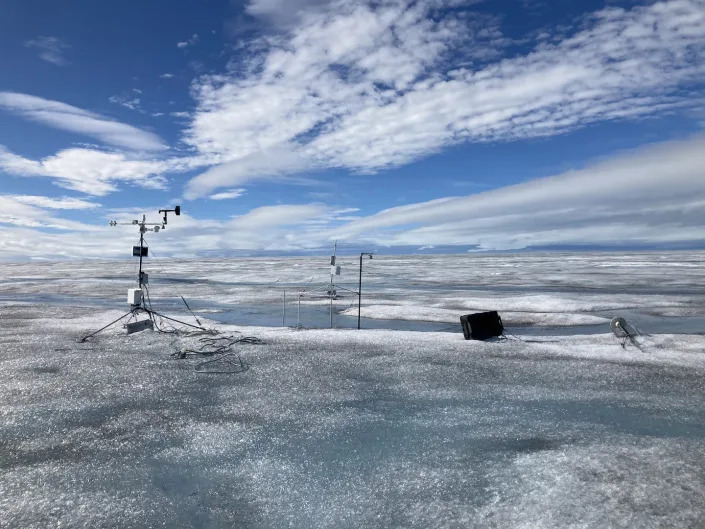The Washington Post
Great Salt Lake on track to disappear in five years, scientists warn
Sarah Kaplan and Brady Dennis, Washington Post – January 6, 2023
Without dramatic cuts to water consumption, Utah’s Great Salt Lake is on track to disappear within five years, a dire new report warns, imperiling ecosystems and exposing millions of people to toxic dust from the drying lake bed.
The report, led by researchers at Brigham Young University and published this week, found that unsustainable water use has shrunk the lake to just 37 percent of its former volume. The West’s ongoing mega-drought – a crisis made worse by climate change – has accelerated its decline to rates far faster than scientists had predicted.
But current conservation measures are critically insufficient to replace the roughly 40 billion gallons of water the lake has lost annually since 2020, the scientists said.
The report calls on Utah and nearby states to curb water consumption by a third to a half, allowing 2.5 million acre feet of water to flow from streams and rivers directly into the lake for the next couple of years. Otherwise, it said, the Great Salt Lake is headed for irreversible collapse.
“This is a crisis,” said Brigham Young University ecologist Ben Abbott, a lead author of the report. “The ecosystem is on life support, [and] we need to have this emergency intervention to make sure it doesn’t disappear.”
Scientists and officials have long recognized that water in the Great Salt Lake watershed is overallocated, – more water has been guaranteed to people and businesses than falls as rain and snow each year.
Agriculture accounts for more than 70 percent of the state’s water use – much of it going to grow hay and alfalfa to feed livestock. Another 9 percent is taken up by mineral extraction. Cities use another 9 percent to run power plants and irrigate lawns.
There are so many claims on the state’s rivers and streams that, by the time they reach the Great Salt Lake, there’s very little water left.
Over the last three years, the report says, the lake has received less than a third of its normal stream flow because so much water has been diverted for other purposes. In 2022, its surface sank to a record low, 10 feet below what is considered a minimum healthy level.
With less freshwater flowing in, the lake has grown so salty that it’s becoming toxic even to the native brine shrimp and flies that evolved to live there, Abbott said. This in turn endangers the 10 million birds that rely on the lake for a rest stop as they migrate across the continent each year.
The vanishing lake may short-circuit the weather system that cycles rain and snow from the lake to the mountains and back again, depriving Utah’s storied ski slopes. It threatens a billion-dollar industry extracting magnesium, lithium and other critical minerals from the brine.
It has also exposed more than 800 square miles of sediments laced with arsenic, mercury and other dangerous substances, which can be picked up by wind and blown into the lungs of some 2.5 million people living near the lakeshore.
“Nanoparticles of dust have potential to cause just as much harm if they come from dry lake bed as from a tailpipe or a smokestack,” said Brian Moench, president of Utah Physicians for a Healthy Environment. He called the shrinking of the lake a “bona fide, documented, unquestionable health hazard.”
Dried-up saline lakes are hot spots for dangerous air pollution. Nearly a century after Owens Lake in southern California was drained to provide water to Los Angeles County in the 1920s, it was still the largest source of hazardous dust in the country, according to the U.S. Geological Survey. The pollution has been linked to high rates of asthma, heart and lung disease and early deaths.
Kevin Perry, an atmospheric scientist at the University of Utah who studies pollution from the receding lake, said about 90 percent of the lake bed is protected by a thin crust of salt that keeps dust from escaping. But the longer the lake remains dry, the more that crust will erode, exposing more dangerous sediments to the air.
“You see this wall of dust coming off the lake, and it reduces horizontal visibility sometimes to less than a mile,” Perry said. The impact might only last a couple hours at a time, he said, but the consequences can be profound.
Perry and other researchers have mapped the location and elevation of the dust hot spots, he said, and the results show that the problem is unlikely to abate anytime soon. The lake would need to rise roughly 14 feet to cover 80 percent of current hot spots, Perry said, or about 10 feet to submerge half of them.
Even researchers have been taken aback by the rapid pace of the Great Salt Lake’s decline, Abbott said. Most scientific models projected that the shrinking would slow as the lake became smaller and saltier, since saltwater evaporates less readily than freshwater.
But human-caused climate change, driven mostly by burning fossil fuels, has increased average temperatures in northern Utah by about 4 degrees Fahrenheit since the early 1900s and made the region more prone to drought, the report said. Studies suggest this warming accounts for about 9 percent of the decline in stream flows into the lake. Satellite surveys also show significant declines in groundwater beneath the lake, as ongoing drought depletes the region’s aquifers.
If humans weren’t using so much water, the lake might be able to withstand these shifts in climate, Abbott said. But the combined pressure of drought and overconsumption is proving to be more than it can bear.
Candice Hasenyager, the director of the Utah Division of Water Resources, said Utahns are becoming increasingly aware of the urgency of the lake’s decline. Last year, the Utah legislature passed numerous bills aimed at conservation, including a $40 million trust intended to help the ailing lake. Gov. Spencer Cox (R) recently proposed another massive infusion of funding for water management and conservation.
“We don’t have the luxury to have one solution,” but curbing water demand is essential, Hasenyager said. “We live in a desert, in one of the driest states in the nation, and we need to reduce the amount of water we use.”
Yet recent efforts haven’t kept up with the accelerating crisis. Abbott and his colleagues found that Utah’s new conservation laws increased stream flow to Great Salt Lake by less than 100,000 acre feet in 2022 – a tiny fraction of the 2.5 million acre feet increase that’s needed to bring the lake back to a healthy minimum level.
“Among legislators and decision-makers there is still a very prevalent narrative of ‘let’s put in place conservation measures so over the next couple of decades the Great Salt Lake can recover,'” Abbott said. “But we don’t have that time.”
“This isn’t business as usual,” he added. “This is an emergency rescue plan.”
The new report, drafted by more than 30 scientists from 11 universities, advocacy groups and other research institutions, recommends that Cox authorize emergency releases from Utah’s reservoirs to get the lake up to a safe level over the next two years.
This would require as much as a 50 percent cut in the amount of water the state uses each year, requiring investment from federal agencies on down to local governments, church leaders and community groups.
For decades, Abbott said, officials have prioritized human uses for all the water that trickles through the Great Salt Lake watershed.
Until last year, the lake itself wasn’t even considered a legitimate recipient of any water that fell in the region. If a farmer chose not to use some of their shares, allowing that water to flow to the lake and the surrounding ecosystem, they risked losing their water rights in the future.
“We have to shift from thinking of nature as a commodity, as a natural resource, to what we’ve learned over the last 50 years in ecology, and what Indigenous cultures have always known,” Abbott said. “Humans depend on the environment. . . . We have to think about, ‘What does the lake need to be healthy?’ and manage our water use with what remains.”
The weather this year has given Utah a prime opportunity to, in Abbott’s words, “put the lake first.” After a series of December storms, the state’s snowpack is already at 170 percent of normal January levels. If that snow persists and precipitation continues through the rest of the winter, it would enable the state to set aside millions of acre feet of water for the lake without making such drastic cuts to consumption.
“I’m generally optimistic,” said Hasenyager, the water resources director. “I don’t think we are past a point of no return – yet.”



